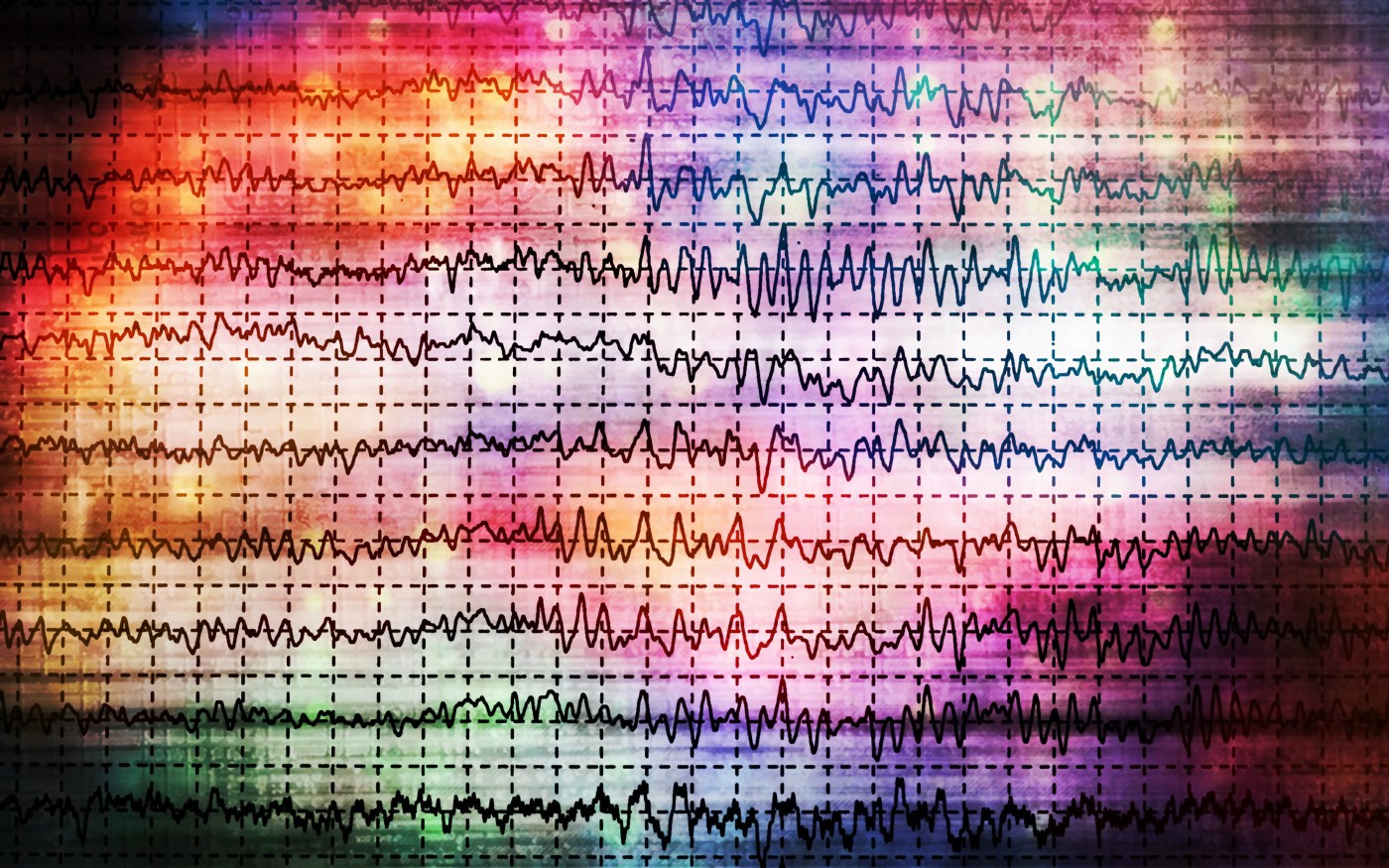Clinicians Describe Rare Case of SMA Associated with Epilepsy in Teen

Clinicians have described the case of an Iranian teenager with a rare type of spinal muscular atrophy (SMA) associated with progressive myoclonic epilepsy (PME).
The case report study, “A novel case report of spinal muscular atrophy with progressive myoclonic epilepsy from Iran,” was published in the International Medical Case Reports Journal.
SMA comprises a group of neurodegenerative disorders characterized by the gradual loss of motor neurons — the nerve cells responsible for controlling voluntary muscles — in the spinal cord, leading to muscle weakness. It is normally caused by mutations in the SMN1 gene, which provides instructions for making the SMN protein, essential to motor neuron survival.
In some cases, SMA can be associated with PME, which comprises a group of rare syndromes involving the central nervous system (composed of the brain, brainstem and cerebellum, CNS) and characterized by muscle contractions (myoclonus) and seizures (epilepsy) that lead to unsteadiness, muscle rigidity and neurodegeneration.
This rare form of SMA, known as SMA-PME, is not associated with mutations in the SMN1 gene, but with mutations in the N-acylsphingosine amidohydrolase-1 (ASAH1) gene, which provides instructions to make an enzyme called acid ceramidase. This enzyme is usually found inside lysosomes — small, specialized cell compartments that digest and recycle different types of molecules — where it helps break down fatty molecules called ceramides.
Like other forms of SMA, SMA-PME is also characterized by progressive muscle weakness, that normally starts between ages 3–7 years old. However, unlike other forms of the disease, these symptoms are accompanied by epilepsy, seizures, and in some cases, deafness.
In this case report study, a group of physicians described the clinical case of an Iranian teenager with SMA-PME.
The 15-year-old girl had been born from consanguineous (related) parents and presented to the neurology clinic with symptoms of limb muscle weakness, seizures, and tremors.
When she was 5 she started having tremors in her hands, and by the age of seven she started having her first myoclonus episodes. From age 10, the girl started having progressive limb muscle weakness and required assistance to stand, climb stairs and wash her hands.
Physical examination showed the patient had limb muscle weakness, especially in the upper arms, hips, and knees, confirmed by a muscle biopsy of her left biceps showing she had signs of muscle atrophy.
Genetic analyses performed afterward revealed the girl carried two copies of a genetic mutation in the ASAH1 gene (c.173C>T; p. Thr58Met) linked to SMA-PME, which was also present in both parents (each parent had one copy of the mutated gene and one copy of the normal gene). Biochemical analyses also confirmed the girl had a slight reduction in the activity of acid ceramidase.
The patient was started on Depakin (valproic acid), ethosuximide, and amantadine as a first-line therapy to control her seizures, but did not respond well to treatment. She then started treatment with clonazepam and Sabril (vigabatrin) on top of her previous medications, but again, did not show any improvement and the symptoms were progressive.
“Standard management of seizures, tremor or deafness are the only treatments that could be considered for the condition. Utilizing a powered wheelchair or other orthotics and assistive devices would probably improve gait balance. Epilepsy episodes, nutritional status, muscle strength, respiratory function, and mobility capacity should be intermittently evaluated,” the researchers noted.
The girl is currently receiving treatment with a recombinant enzyme therapy.
“Eventually, SMA-PME should be suspected in a previously well child with the normal milestones who has had a recent-onset proximal weakness at an average age of 5 … along with several episodes of myoclonic or atonic epilepsy that do not respond to the routine medications,” the researchers stated.
“The mentioned clinical features should be confirmed by a combination of para-clinic tools including evidence of chronic denervation in [electromyography]; [epileptic seizures] in [electroencephalogram]; [tissue abnormalities] in muscle biopsy; and simultaneously absence of mutations in the SMN1 gene,” they said.







